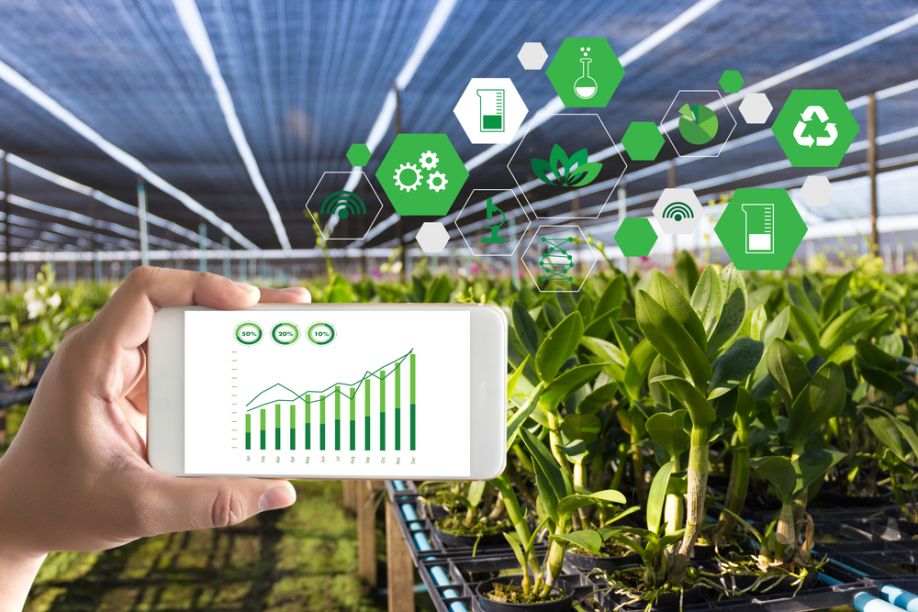AI Making Ag Equipment Accessible to All Farmers

Artificial intelligence is set to play a pivotal role in agriculture as the industry contends with a rapidly growing global population and dwindling natural resources. The emergence of AI and Internet of Things (IoT) technologies can address many challenges facing farmers today, including expanding access to mechanized equipment. Leveraging these innovations is crucial to enhancing productivity in agriculture to meet future demand.
Why Agricultural Equipment Is so Inaccessible
Food production must increase by at least 60% to feed the world population by 2050. Adopting mechanized farming is central to achieving this goal, but accessibility remains a huge issue, especially for small-scale farmers.
The benefits of using specialized equipment are evident for all to see, yet as many as 79% of farmers remain neutral about incorporating machinery into their processes. The most significant barriers cited include the smaller size of their farmlands, lack of relevant skills and the high purchase costs.
Economic conditions are also to blame here. Rising inflation means obtaining funding for mechanized farming ventures is increasingly difficult. On top of that, today’s farmers are aging faster than younger generations are willing to take their place. Many of these older laborers are used to traditional methods, creating a disconnect between potential technology adoption and actual usage.
How AI Improves Accessibility to Farming Equipment
Agriculture has around 60% automation potential, with manual activities like crop harvesting, pest management and plant irrigation all ripe for a complete AI-enabled overhaul. The use of automated algorithms and machine learning in food production opens up frontiers of possibilities, including making specialized equipment more accessible.
Bridging the Gap
AI can connect farmers needing agricultural machinery with fleet-solution providers nearest to them. A great example is Hello Tractor — a Nigerian-based platform that uses IoT technology to connect smallholder farmers with tractor owners across Sub-Saharan Africa.
To facilitate efficient delivery, the company leveraged AI to create a predictive model that helps it better understand when tractor demand will likely be strongest. Then, it can proactively recruit tractor owners in those areas to increase access. The business has provided tractor services for half a million farmers in the region, with 87% reporting increased incomes as a result.
AI-driven dynamic pricing can also reduce the financial strain on farmers while ensuring equipment owners remain competitive. Sticking to the budget is the most important part of renting machinery — with AI, both parties can utilize a data-driven approach to agree on fair costing.
Increased Funding Access
When equipment rental isn’t an option, purchasing is the next best thing. However, many specialized machinery are beyond the financial capabilities of small-scale farmers.
Even with the emergence of government-sponsored funding programs, many are unwilling to apply due to the volume of physical paperwork involved. A recent study shows 59% of young farmers didn't apply for USDA programs because of the application and reporting requirements.
AI can streamline the process by analyzing vast amounts of data, allowing program administrators to make quicker decisions regarding funding applications. It can also automate aspects of the procedure like document verification and credit assessments, reducing manual workload and expediting timelines.
Overcoming Skill Challenges
Widened access to equipment wouldn't mean much without the requisite technical expertise to use them. Operating agricultural machinery requires a certain skill level, which isn’t readily available, especially to farmers in developing countries. With AI, they can acquire the necessary operational proficiency without having to attend school in person.
AI-driven training modules offer personalized learning experiences, equipping farmers with the knowledge to operate newer agricultural technologies like drones and soil sensors. In this way, AI is a supportive and accessible tool enabling farmers to make informed decisions for improved productivity and sustainable farming practices.
Accessible Farming Equipment For All Through AI
The future of AI in agriculture is promising, especially concerning improving access to mechanized equipment for enhanced productivity. As these technologies mature, such solutions will become more affordable and accessible, resulting in a more resilient industry equipped to deliver global food security.
Comments (0)
This post does not have any comments. Be the first to leave a comment below.
Featured Product

